Hidden Among the Mountains
Deep within the rugged highlands of southern Armenia lies an archaeological marvel that few outside the region have ever heard of — the Hartashen Megalithic Avenue. Dating back an estimated 6,000 to 8,000 years, this mysterious site stands as one of humanity’s oldest and most sophisticated megalithic complexes, rivaling even Stonehenge and Göbekli Tepe in age and mystery. Its colossal stone pillars, carved and arranged with striking precision, challenge modern understanding of prehistoric engineering and astronomy.
A Chance Discovery

The story of Hartashen began in the 1970s, when Soviet archaeologists, surveying Armenia’s remote Syunik region, stumbled upon a series of enormous stone monoliths rising from the earth like ancient sentinels. Some reached up to 6 meters (20 feet) in height, their surfaces bearing faint carvings and tool marks that had endured millennia of weathering.
Excavations soon revealed that these stones were only part of a far larger complex — a network of aligned platforms, pathways, and stone circles stretching across the landscape. Beneath some of the monoliths lay traces of hearths, pottery fragments, and animal bones, suggesting ritual activity. The discovery stunned the archaeological community, revealing evidence of an advanced culture long before the rise of Mesopotamian city-states or the Egyptian pyramids.
The Mystery of the Monoliths
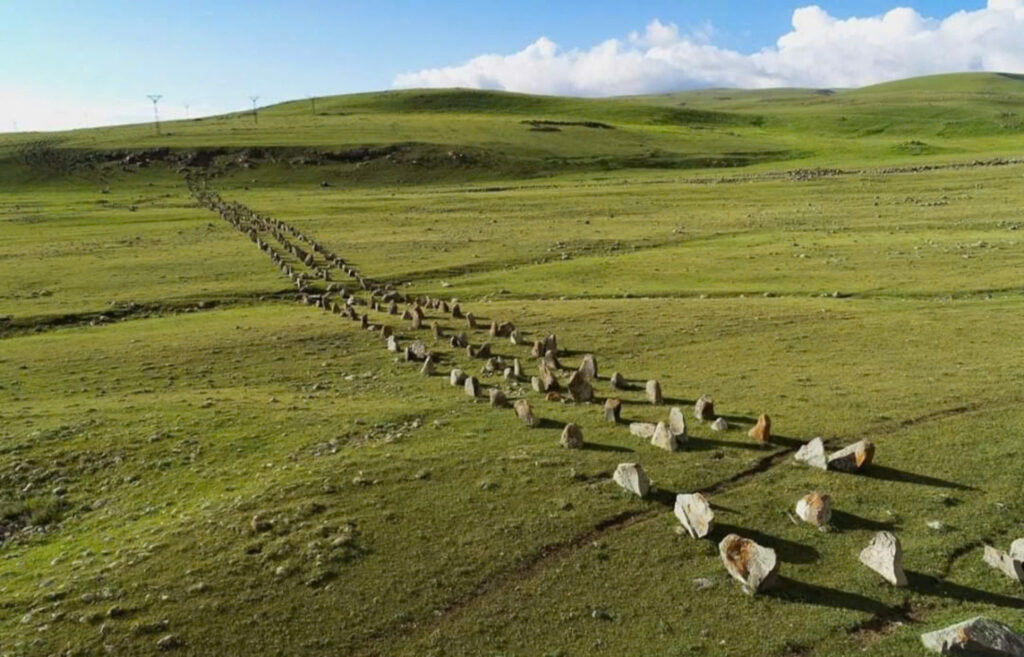
The granite stones of Hartashen are arranged with astonishing precision. Many are aligned along north-south and east-west axes, while others correspond to solstice and equinox sunrise points — a feature that has led to one of the most popular theories: that Hartashen served as an ancient astronomical observatory.
Dr. Aram Sargsyan of the Armenian Academy of Sciences explains:
“The precision of the alignments is not random. Whoever built this had a deep understanding of the movements of the sun and stars. These were not simple farmers — they were astronomers, engineers, and spiritual leaders.”
But Hartashen’s purpose remains debated. Some scholars believe it may have functioned as a ceremonial avenue, a sacred route used for processions, initiation rites, or funerary rituals. Others see it as a hybrid site — both scientific and spiritual — where the heavens and human devotion intersected.
Competing Theories
An Ancient Observatory

Supporters of the astronomical theory point to holes carved into certain stones, possibly used to track the movement of celestial bodies. The site’s orientation toward Mount Kaputjugh, a mountain long associated with Armenian mythology, suggests that the builders may have linked the heavens with local sacred geography.
A Sacred Path or Processional Way
Another school of thought sees Hartashen as a ceremonial pathway, connecting ancient settlements or temples. The stones, some engraved with faint petroglyphs resembling suns and animals, may have marked stages in a ritual journey — from life to death, or from earth to the divine.
A Trading Route with Cosmic Significance
A more pragmatic interpretation proposes that Hartashen was part of an ancient trade route that connected early Neolithic communities across the Caucasus. Positioned near natural springs and river crossings, the site may have served as both a rest point and a symbolic gateway. Yet, this explanation fails to account for the precise celestial alignment of the stones, leaving researchers divided.
A Glimpse into Prehistoric Ingenuity

No matter the interpretation, Hartashen provides undeniable proof of advanced organization, craftsmanship, and knowledge among prehistoric Armenians. The sheer effort required to quarry, transport, and erect stones of such magnitude — without the use of metal tools or wheels — speaks to a high degree of social coordination.
Archaeological dating places the site between 6000 and 4000 BC, making it older than the Great Pyramids and contemporaneous with the earliest Neolithic settlements in the Fertile Crescent. The stones’ durability and craftsmanship indicate an understanding of geology, while their spatial layout reveals early experimentation with geometry and celestial mapping.
Interrupted Research and Renewed Interest
Research into Hartashen nearly halted after the collapse of the Soviet Union. Many of the site’s findings were left unpublished, and artifacts gathered during initial digs remain in storage. Yet, in recent years, renewed attention from both Armenian scholars and international teams has reignited the investigation.
Using drone mapping and ground-penetrating radar, archaeologists have identified dozens of yet-unexcavated structures surrounding the main avenue — suggesting that Hartashen may have once been part of a vast ceremonial complex stretching across several kilometers.
Toward a Future of Discovery
Despite its immense historical importance, Hartashen remains one of the least-visited megalithic sites in the world. Its remote location and limited infrastructure have kept it largely untouched by mass tourism, preserving its sense of mystery and serenity.
Efforts are now underway to designate Hartashen as a UNESCO World Heritage Site, which could both protect its fragile structures and bring sustainable tourism to the surrounding region. Local communities view it as a source of national pride — a window into Armenia’s deep prehistoric roots.
The Enduring Mystery
Even after decades of study, Hartashen’s true purpose remains unsolved. Was it a temple of the stars, a ceremonial avenue for the dead, or a monumental calendar built by early sky-watchers? Each theory adds another layer to the site’s mystique.
What is certain, however, is that Hartashen represents one of humanity’s earliest attempts to bridge earth and sky — to carve meaning into stone and align human existence with the cosmos.
As twilight falls across the Armenian highlands, the monoliths of Hartashen still cast their ancient shadows toward the rising stars, whispering across millennia that our ancestors were not only builders of stone — but seekers of eternity.
Sources:
- National Geographic – “Megalithic Structures in Armenia Rewrite Early History”
- Smithsonian Magazine – “Hartashen and the Lost Astronomers of the Caucasus”
- BBC History – “Ancient Armenia’s Forgotten Monuments”
- Armenian Academy of Sciences – “Prehistoric Observatories of the Syunik Plateau”



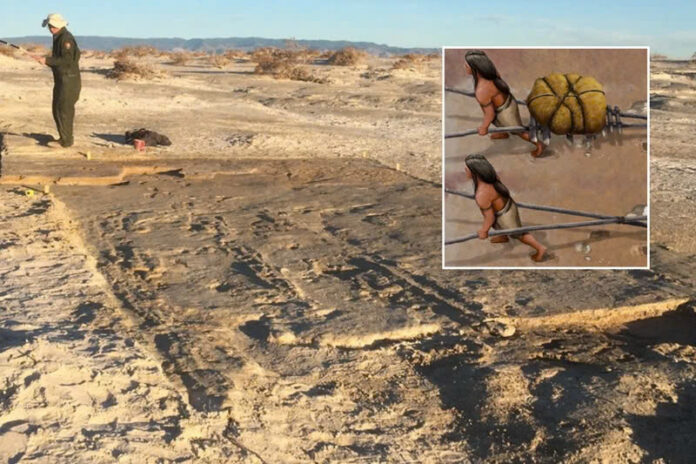
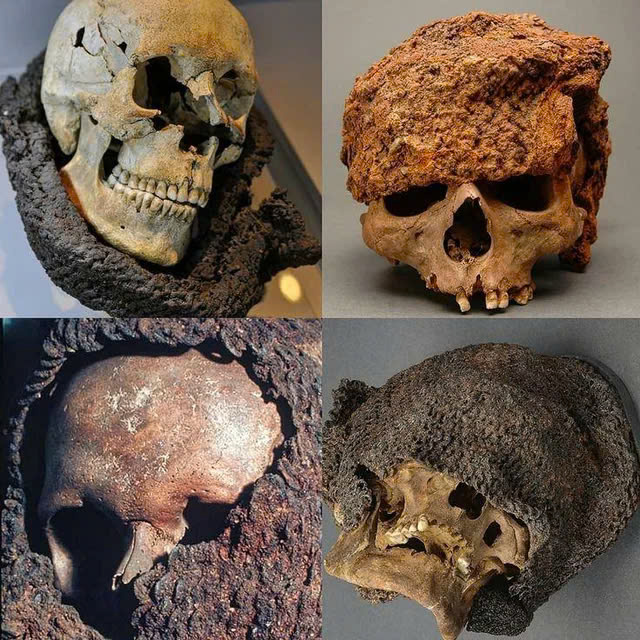

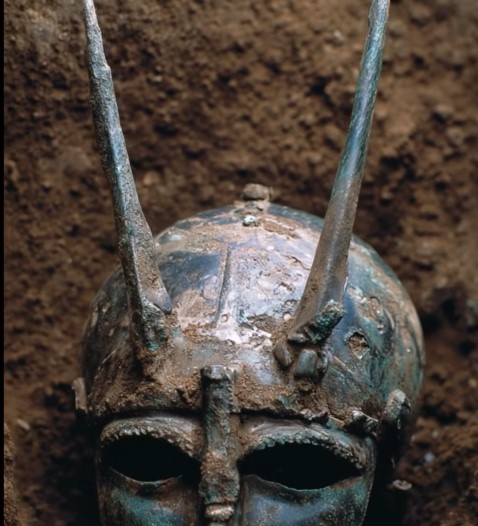

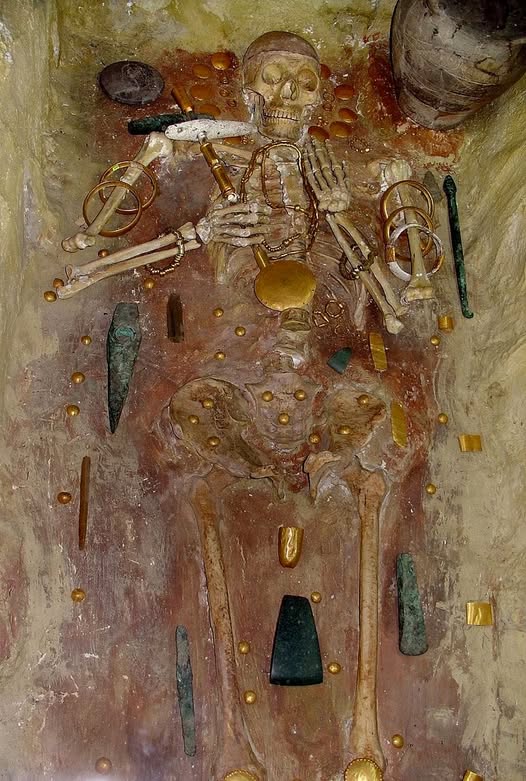
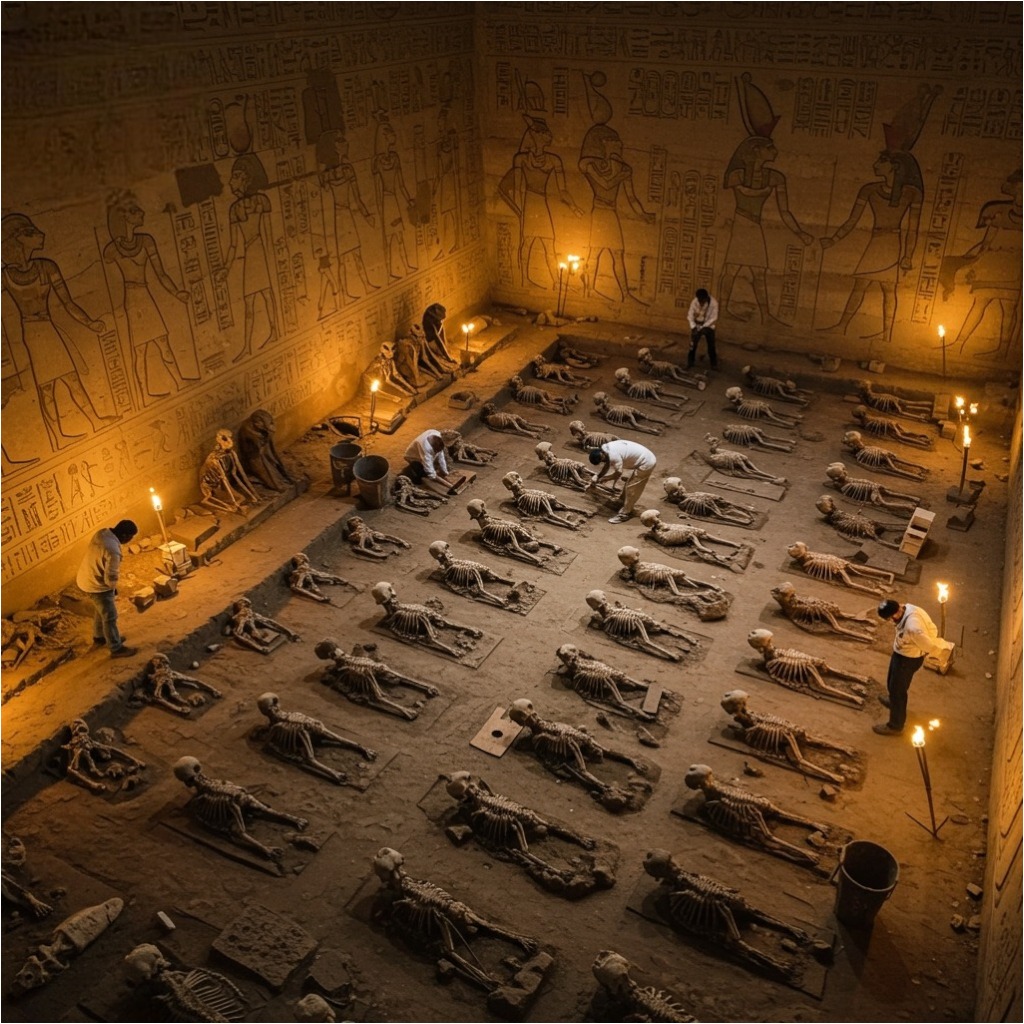


Leave a Reply